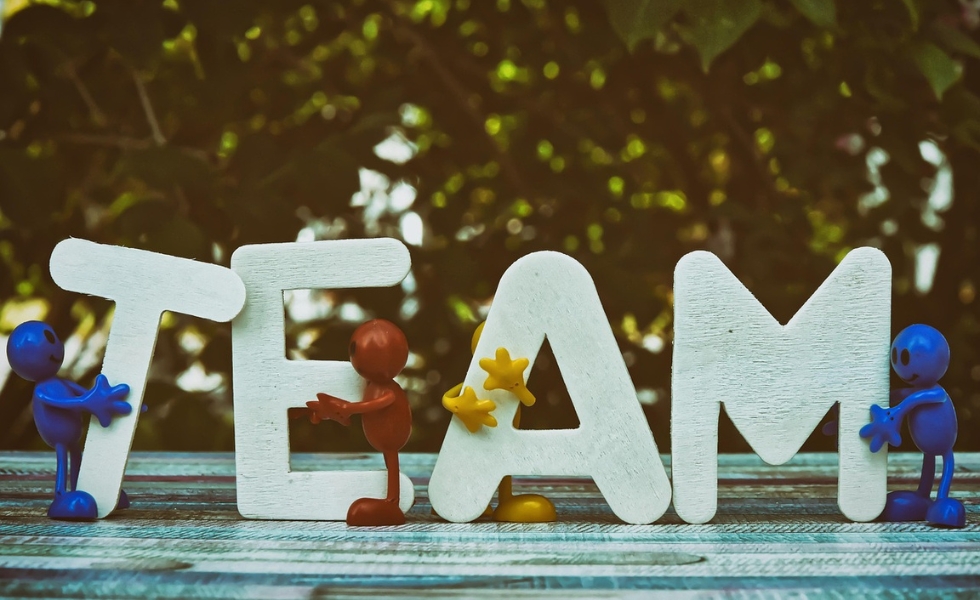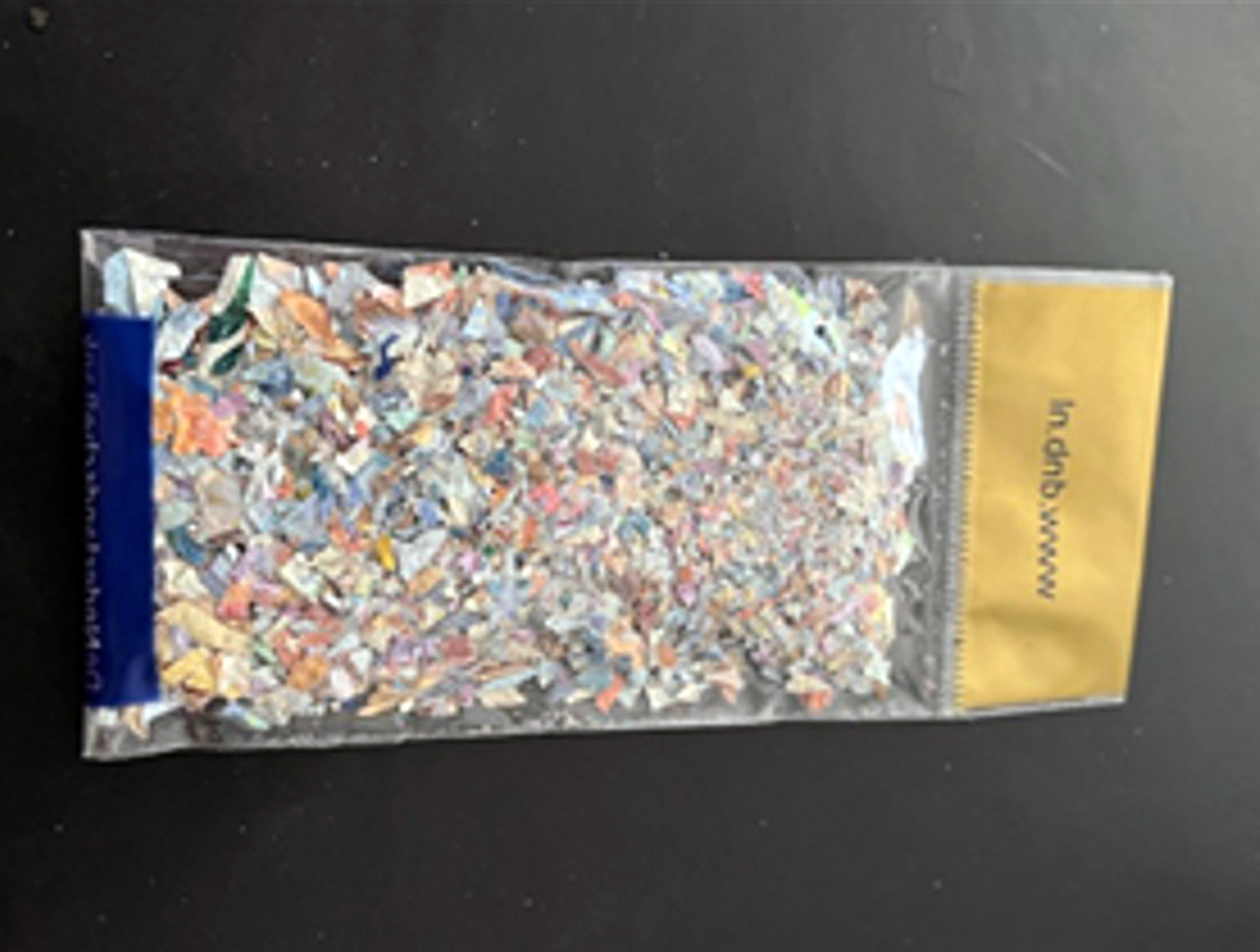DNB: Why we need diversity and inclusion in the financial industry
DNB: Why we need diversity and inclusion in the financial industry

‘We have to ensure that human uniqueness is not just tolerated, but treasured in our financial institutions.’, said Klaas Knot today at the International Diversity and Inclusion Conference at DNB, Amsterdam. In his speech he talked about the importance of diversity and inclusion at central banks and in the financial sector.
'Welcome dear colleagues! Welcome to the conference and welcome to our renovated building.
After several years of construction, De Nederlandsche Bank returned a few months ago to this updated version of our historic home. It is not only energy-efficient and sustainable, but also – quite unusual for a central bank – partially open to the public: on the ground floor, visitors can walk in to have a coffee, work, study, or simply look around.
Look at our extensive art collection – as you can do later today – or visit the vault where we used to store our gold bars and our money. Now we call it the New Treasury and use it as an exhibition space where visitors can learn more about our role and responsibilities and explore our collection of historic banknotes, with a lot of European pre-euro examples. I hope you take the opportunity to visit the exhibition.
Of course I am convinced that the introduction of the euro was a positive change – I am the president of the Dutch Central Bank, after all – but despite everything we gained in this monetary union, we also lost something.
In our banknotes we lost colour, individuality, diversity. Because the pre-euro banknotes all tell their own story. Of national identity, cultural heritage, time and place. They differ in colour, imagery, size; even in the feel of the paper.
The Italian lira, with historic painters and sculptors: ornate and expressive.
The German mark, with scientists and writers: inventive and efficient.
The Dutch guilder, with colourful birds and sunflowers: bold and modernist.
To name only a few.
These banknotes remind us that diversity is not disorder.
It is depth.
It is opportunity.
It is strength.
The banknotes remind us that it is never one person, one idea that makes us strong.
Our strength as nations, as the European Community, as financial institutions, is always the product of a flock of ideas, a blend of people, a collection of perspectives.
At De Nederlandsche Bank, our vision is ‘connected and diverse’. We believe that to safeguard financial stability and promote sustainable prosperity, we must reflect the society we serve – one that is increasingly complex, international, and indeed, diverse. That is why we aim for a workforce that mirrors the richness of our society.
Diversity for us is sometimes broad and visible: diversity in gender, age and cultural heritage. But it can also be less visible: diversity in physical and mental ability, sexual orientation, faith, background, education. We don't pursue diversity for appearances sake. We pursue it because it sharpens our thinking, deepens our dialogue, and improves our decision-making. Complex challenges – like climate risk, digital transformation, and geopolitical uncertainty – demand diverse perspectives.
That is not an abstract mission, but a commitment to tangible goals. We are aiming for full gender balance in our workforce and leadership by 2028.
We are not there yet, we hope to hit our target if we can continue improving by 2% per year. Currently, women make up 43% of DNB’s management, and we are still working on this. We are using the updated definitions from the Dutch Statistical Office to improve cultural representation, with the aim of having 26% of our employees and managers come from a migrant background.
We have achieved this on the work floor, but not yet in management, where the figure is currently just over 13%; so this is also a work in progress.
We are making all this happen by translating our ambition for diversity and inclusion into our policies and daily work processes.
And by keeping track of our progress. We believe – obviously – that data drives progress. What gets measured, gets managed.
So we have established a Diversity Board to guide and accelerate our progress, and we measure our progress with a Diversity Dashboard. Recently, we published our Out & Proud Statement, in which we explicitly express our support for LGBTIQ+ inclusion and speak out against intolerance. Because there is a world to be gained, and in some cases, regained when it comes to LGBTIQ+ inclusion.
I am saddened to see that LGBTIQ+ inclusion has declined in recent years in European countries and across the world. Statistics show decreasing support for LGBTIQ+ inclusion – also among younger people.
We are seeing more frequent physical, verbal and online violence, and politicians are rolling back previously attained rights for LGBTIQ+ couples.This declining support and safety affects LGBTIQ+ people throughout society, including those working at central banks and other financial institutions.
For our employees to reach their full potential, for them to make the best contribution to our work and mission and – not least – for us to fulfil our potential as an employer, our employees must feel safe, must be able to express themselves. That’s why we have to work together to become - and stay - diverse and inclusive organisations. And that requires the involvement of all of us.
At DNB, we encourage this by empowering our internal networks, like Young DNB, DNB Pride, DNB International, Blended and Female Capital, but we also try hard to involve every employee outside those networks. Because only by involving everyone can we ensure that every colleague – regardless of who they are – feels seen, heard and valued.
This is my call to action to you today:
Let’s talk, let’s exchange experiences, let’s exchange ideas to make this happen. For instance by ensuring that – where that is not already happening – we create space for internal networks, for LGBTIQ+ employee resource groups. And, even better, let’s create an international network for these groups, so they can strengthen each other, and by doing so, strengthen our organisations.

© DNB
Do you know what this is?
After the introduction of the euro, we shredded all those beautiful old banknotes. We packed the shreds in small bags, which we handed out as souvenirs to visitors of DNB. One of our doormen used to say, with a big wink and a smile: “It’s a jigsaw puzzle.”
But of course there is a lesson here: creating a diverse and inclusive workplace is a human-made jigsaw puzzle that we can only put together through human-made solutions.
We have to look for and connect the diversity of our people. We have to ensure that human uniqueness is not just tolerated, but treasured in our financial institutions.
Because only then can we truly claim to be resilient. Only then can we speak credibly in the public debate. Only then we can see the full picture: a financial sector that not only serves society – but represents it.
And our banknotes?
There is good news on that front: the European Central Bank is preparing to introduce a new generation of euro banknotes. The ECB is consciously seeking to reflect more of the identities, histories and cultures of the people who use them.
So once more – I hope – the designs will be colourful, representative and diverse. Because diversity does not weaken unity, it strengthens it. Not only in the European Union, not only in the financial sector, but for all of us.







